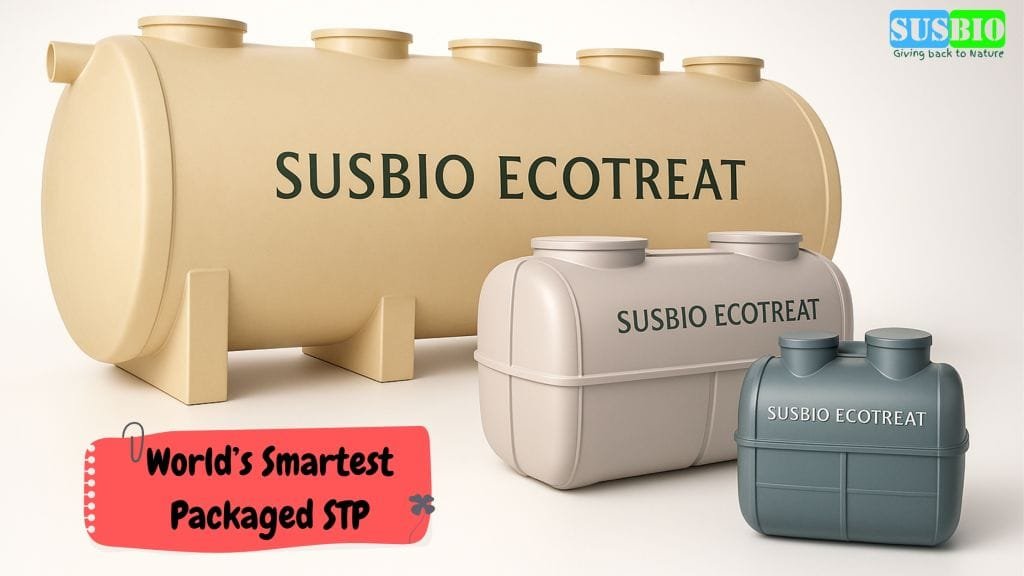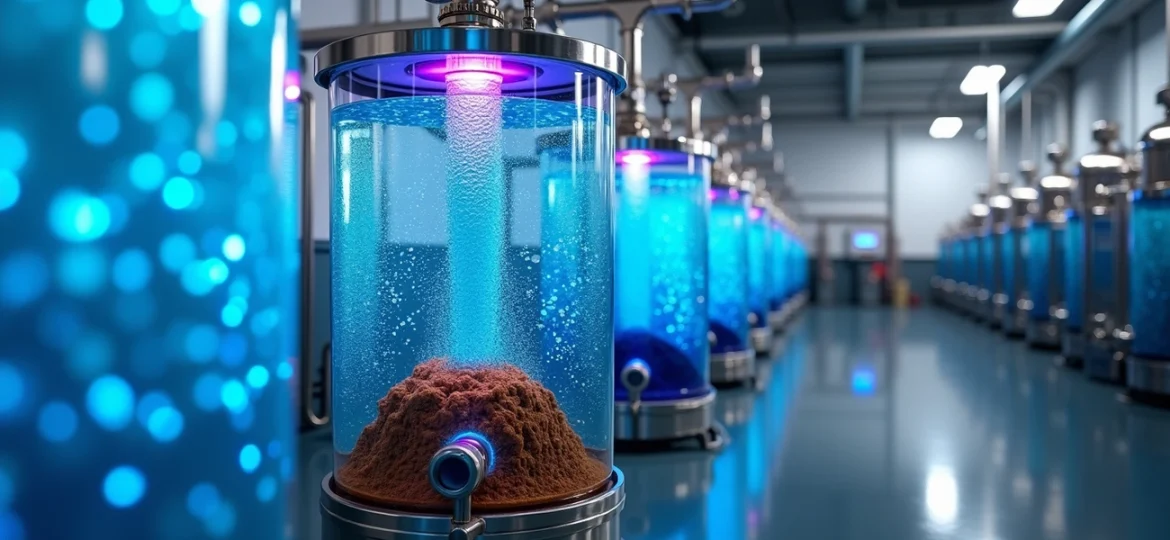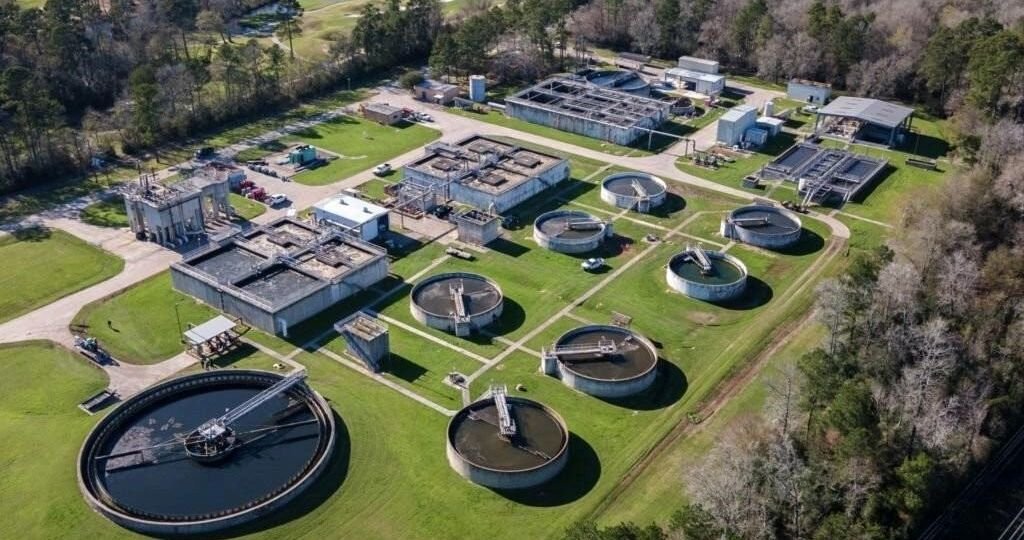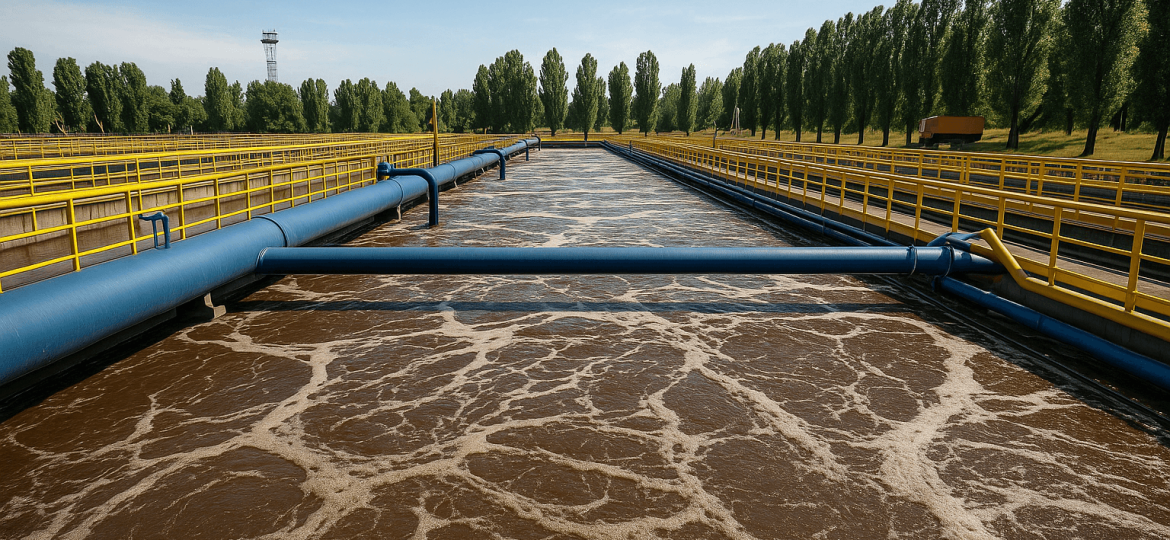India stands at a pivotal moment in its journey toward sustainable urbanization. As cities and towns expand, the challenge of managing wastewater grows more urgent. Effective wastewater treatment is not just an environmental concern—it’s a public health necessity and a cornerstone for sustainable development. This blog explores India’s current wastewater treatment landscape, the core challenges, innovative solutions, financial strategies, and the promising road ahead, with a special focus on forward-thinking companies like SUSBIO and their SUSBIO ECOTREAT system.
The Current Landscape of Wastewater Treatment in India
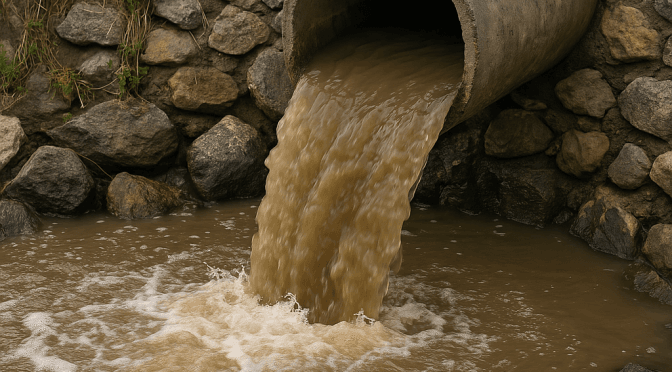
India generates enormous volumes of wastewater daily, especially from its rapidly growing urban centers. However, only a fraction of this wastewater is currently treated before being released into rivers, lakes, and the environment. Major cities like Delhi, Mumbai, and Chennai have developed significant sewage treatment capacity, yet many regions still face acute shortages. National initiatives such as Namami Gange and AMRUT have helped increase treatment capacity, but regional disparities and operational inefficiencies persist. The gap between wastewater generation and treatment capacity is a pressing issue, demanding urgent attention and innovative solutions.
The Root of the Problem: Infrastructure Deficiencies
The fundamental challenge lies in outdated and insufficient infrastructure. Many urban areas still rely on old sewage networks that cannot handle current loads, let alone future growth. Inadequate treatment capacity means that even where sewage is collected, it is often not treated to required standards. Many neighborhoods, particularly in fast-growing cities, lack proper sewer connections altogether, resulting in untreated wastewater being discharged directly into water bodies. Maintenance issues and a shortage of skilled operators further exacerbate the problem, leading to frequent breakdowns and underperformance of existing treatment plants.
Solutions and Technologies: Modelling, Monitoring, and Management
Wastewater Treatment Plant Modelling: The New Planning Tool
Advanced digital tools, such as digital twins and simulation models, are revolutionizing the planning and operation of wastewater treatment plants. These technologies enable engineers and city planners to design more efficient systems, anticipate potential failures, and plan expansions intelligently. By creating a virtual replica of a treatment plant, stakeholders can test scenarios, optimize processes, and make data-driven decisions—ultimately leading to better resource utilization and improved outcomes.
Monitoring Systems: Keeping Treatment Plants Accountable
Modern Sewage treatment plants are increasingly equipped with real-time monitoring systems. These systems use sensors and automated data analytics to track key parameters such as biochemical oxygen demand (BOD), chemical oxygen demand (COD), and pH levels. Continuous monitoring ensures that plants remain compliant with environmental standards, enables rapid response to operational issues, and supports ongoing optimization of treatment processes.
Maintenance Challenges: Lessons from Chennai
Chennai’s experience with sewage treatment plants highlights the importance of regular maintenance, skilled staff, and responsive troubleshooting. Even well-designed facilities can struggle if maintenance is neglected or if operators lack proper training. Issues such as flooding, equipment breakdowns, and power outages can disrupt operations, underscoring the need for robust maintenance protocols and ongoing staff development.
The Financial Backbone of Sustainable Treatment
Sustainable Financing for Sewage Projects
Building and maintaining sewage infrastructure requires stable, long-term financial strategies. Public-Private Partnerships (PPPs), performance-based contracts, and community-driven models are increasingly being adopted to share risks and improve accountability. These approaches help ensure that projects are not only built but also operated and maintained effectively over time.
Environmental Finance and Green Bonds
Innovative financial instruments such as green bonds and climate-linked funds are gaining popularity among Indian cities. These tools allow municipalities to raise capital specifically for environmentally friendly projects, including the construction and upgrade of sewage treatment plants. Green bonds attract investors who seek both financial returns and positive environmental impact, making them a valuable addition to the funding mix.
User Charges and Cost Recovery Models
For wastewater treatment to be sustainable, it is essential to recover costs through fair and transparent user charges. Revised tariff structures help fund ongoing operations and maintenance, while also encouraging citizens to use water more responsibly. Cost recovery models are being tailored to local contexts to ensure affordability and inclusivity.
Incentives, Grants, and Subsidies
Government support remains crucial, especially for projects in Tier-2 cities and rural areas. Programs like AMRUT and Namami Gange provide grants, subsidies, and other incentives to encourage investment in sewage infrastructure. These mechanisms help bridge funding gaps and enable the deployment of advanced treatment technologies in underserved regions.
Understanding the Wastewater Treatment Process
Why Wastewater Treatment Is Essential
Treating wastewater is vital for protecting rivers and lakes, reducing the spread of waterborne diseases, and supporting agriculture and industry. Proper treatment transforms harmful sewage into a resource—clean water that can be reused for irrigation, industrial processes, or even potable supply in some cases.
The Key Steps of Wastewater Treatment
The typical treatment process involves several stages:
Screening: Removing large debris and solids.
Primary Treatment: Settling out suspended solids.
Secondary Treatment: Using biological processes to break down organic matter.
Tertiary Treatment: Advanced filtration and disinfection to remove remaining contaminants.
Sludge Disposal: Safe handling and disposal or reuse of residual solids.
The Journey from Sewage to Clean Water
Wastewater travels from homes and businesses through sewer networks to treatment plants. Here, it undergoes a series of physical, chemical, and biological processes to remove pollutants. The treated water is then either discharged safely into the environment or reused, while the remaining sludge is processed for safe disposal or energy recovery.
Water Purification: Main Stages Explained
Key stages in the purification process include coagulation (to clump particles), sedimentation (to settle them out), filtration (to remove fine particles), and disinfection (to kill pathogens). Advanced plants may include additional steps to achieve potable water standards.
Tools, Models, and Cost Analysis
Demonstrating the Treatment Process
Educational models and animated visuals are effective tools for raising awareness about wastewater treatment. These models help students and communities understand the complexity and importance of proper sewage management.
Anatomy of a Model Sewage Treatment Plant
A typical plant includes units for screening, aeration, sedimentation, biological treatment, filtration, and disinfection. Each unit plays a specific role in the purification process, ensuring that the final effluent meets environmental standards.
Leading Wastewater Treatment Equipment Manufacturers in India
India’s water sector features several innovative companies, including:
SUSBIO
Ion Exchange India Ltd.
Thermax Limited
Triveni Engineering & Industries Ltd.
VA Tech Wabag Ltd.
These companies are driving the adoption of advanced technologies and helping municipalities and industries meet stringent water quality norms.
Cost Considerations
The cost of installing a sewage treatment plant in India varies widely based on capacity, technology, and location. Small systems for residential complexes may cost a few lakhs, while large municipal plants can require investments running into crores. Operational and maintenance costs are significant and must be planned for to ensure long-term sustainability.
Spotlight on SUSBIO and SUSBIO ECOTREAT
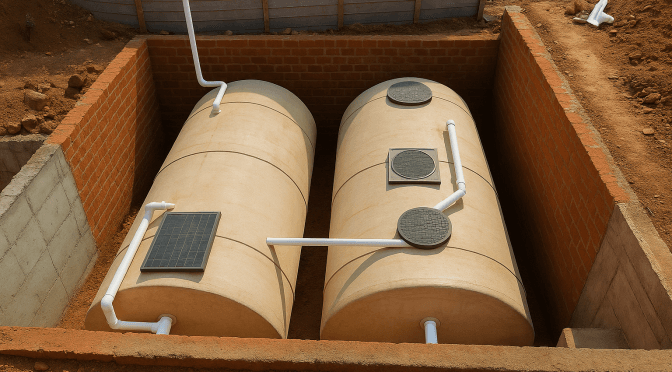
SUSBIO is at the forefront of India’s wastewater treatment plant revolution, offering modular, prefabricated sewage treatment solutions that are easy to install, energy-efficient, and require minimal maintenance. The SUSBIO ECOTREAT system is particularly popular in schools and institutions, thanks to its dual-treatment technology and robust, hassle-free operation. These systems help organizations comply with environmental regulations, reduce water consumption through reuse, and lower operational costs, all while promoting sustainability.
Conclusion: The Road Ahead
India’s wastewater challenge is immense, but the country is making significant strides through a combination of technological innovation, robust financing, and policy support. The adoption of digital modelling, real-time monitoring, and modular plant designs—championed by companies like SUSBIO—is making wastewater treatment more efficient and accessible. Sustainable financing models, including green bonds and user charges, are ensuring that projects are not only built but maintained for the long term. Government incentives and public-private partnerships are accelerating progress, especially in underserved regions.
Ultimately, effective wastewater treatment is not just an environmental imperative—it is essential for public health, economic development, and the long-term sustainability of India’s cities and towns. By embracing innovation, accountability, and inclusive financing, India can transform its wastewater challenge into an opportunity for a cleaner, healthier, and more water-secure future.
If you are looking to implement sustainable wastewater solutions in your institution or community, explore how SUSBIO and SUSBIO ECOTREAT can help you lead the change toward a greener tomorrow.


